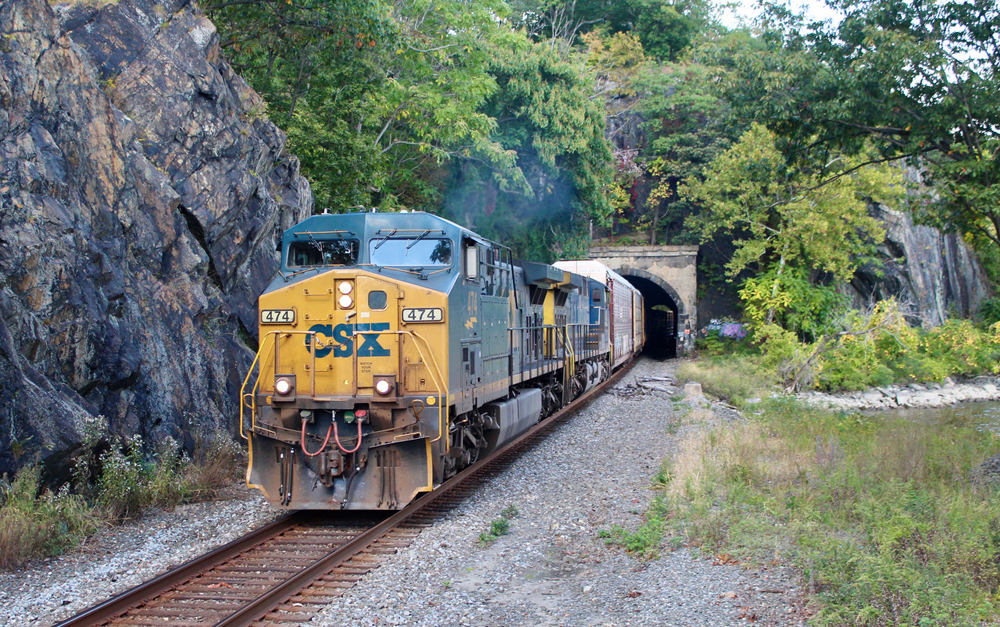
NEW YORK — Rebuilding from hurricane damage and a major tunnel project cost CSX a million dollars a day in lost revenue in the first three months of 2025, the railroad’s top financial executive told an investor conference.
“We got hit in the first quarter; it was a difficult winter,” said Chief Financial Officer Sean Pelkey, speaking at the Bank of America conference on Tuesday, May 13. “There were a hundred million dollars in revenue opportunities we missed, a million dollars a day, because of constraints on our network.”
The railroad continues to rebuild its 60-mile line through eastern Tennessee and western North Carolina after Hurricane Helene devastated the region in September 2024. Pelkey said reconstruction is expected to last “through the better part of this year” before completion in October or November. “There’s a massive amount of work there,” he said.
Detours of trains around the rebuilding of Baltimore’s Howard Street tunnel also hurt network performance. Pelkey said tunnel construction to accommodate double-stack trains is expected to be completed in eight months, slightly ahead of schedule. “Some clearances need to get done, and there is work on some bridges; we’re relying on the state for that. We see reopening the beginning of the fourth quarter.”
After a difficult start to the year, CSX saw a reset in April.
“We needed fewer cars online, sitting in yards and at customers’ facilities,” said Pelkey. “We saw 80% trip length compliance for the fourth week in a row; we were at the 60 percents earlier this year. We are getting back to scheduled railroading, not that we got away from it, but we were dealing with difficult operating conditions.”
Normal seasonality has seen volumes pick up in unit coal trains, metals and fertilizers, among other commodities.
Just as the winter was receding, CSX got hit by more severe weather, from flooding to tornadoes across portions of its territory.
“The team was hunkered down in Jacksonville” — at CSX’s operations center — “and we were like, ‘Crap, we gotta deal with this now?’ We did see some effects. For example, one of our interchange partners had a bridge out in a key part of our network.”
The pause in tariffs agreed to this week by China and the United States is expected to have less of an impact on East Coast-based CSX, Pelkey said. “There is probably a lot of inventory sitting in West Coast warehouses that will come east. If we see a little lull in intermodal across Chicago, there may be an opportunity to pick up some incremental business and combine trains.”
The company recently completed a new contract with the Brotherhood of Locomotive Engineers and Trainmen, leaving conductors represented by SMART-TD as the only union without a new deal. Pelkey pointed out that the BLET has a single agreement across the system, while conductors have multiple agreements covering, for example, some employees working east-west trains while others work north-south out of some terminals, a legacy of predecessor railroads. Pelkey said the company considers it a priority to have all single-system contracts.
Even with a decrease in health care costs, CSX will see wage inflation of 4.24% this year — above the increase in labor costs that are projected to rise less than 3%. “We can offset that with [freight] pricing gains, for sure, and it comes down over time,” Pelkey said.
While freight volume growth was off 1% in the first quarter, it is up 3% so far in the second quarter, and the railroad is expecting growth for all of 2025, said Pelkey, “We are encouraged by the demand picture, trade and tariffs in terms of trade and demand. Aggregates, grain, and intermodal are very, very strong so far this year before hitting that ‘air pocket’ caused by tariffs.”
A cold winter led to more coal movements, with carloads up six consecutive quarters to date, accounting for 11% of total carloads. Pelkey said CSX is moving more export coal after the collapse of the Key Bridge in 2024 hurt that business at the Port of Baltimore, a key loadout for international shipments. CSX handled 44 million tons of export coal in 2024 and forecasts 2025 to be better by 10%. The railroad made some system investments, including at the Curtis Bay Pier in Baltimore, for improved reliability. “We have moved a total 10% more export coal over the past decade,” said Pelkey.
While Pelkey did not offer guidance for the second quarter, he said CSX expects sequential growth from the first to second quarter as volumes pick up and service gets better. Pelkey said that “we still feel good about” the company’s Investors Day guidance from November.
A total of 40-50 industrial projects are slated to start on the CSX network this year, Pelkey said, with 24 having come online since the beginning of the year and 37 in the pipeline. “Annual run rate will support 1-2% volume growth,” he said, adding that CSX has 600 projects in various stages of development.
The number of freight cars on the network spiked to 140,000 in the first quarter as velocity fell and dwell time increased. To clear yards, Pelkey said, CSX added 45 locomotives that were out of service, rebuilt 20 others and added weekend time for engineering work.
Tactically, Pelkey said CSX combines trains where it can to improve business and is leaning into AI and advanced analytics to improve operations.
“Railroads have not unlocked that capability yet,” he said. “A lot of decisions are made using visibility tools for what’s happening now but not in the future. We want to accelerate our focus on that technology, leverage data, and think we can do that this year.”
The company has no plans to buy new locomotives but will continue to rebuild older units as it has for the past five to six years, as well as redeploy power out of storage.
— This article originally appeared at FreightWaves.com.






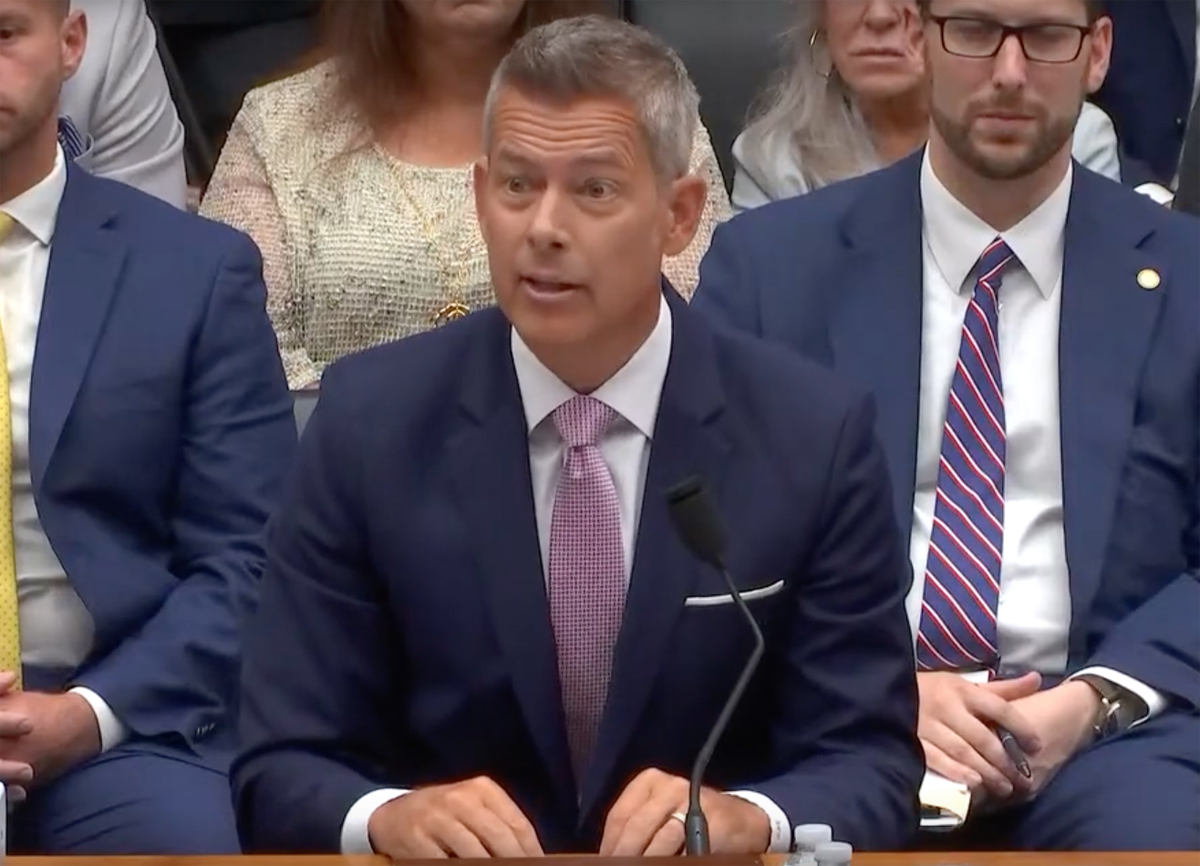
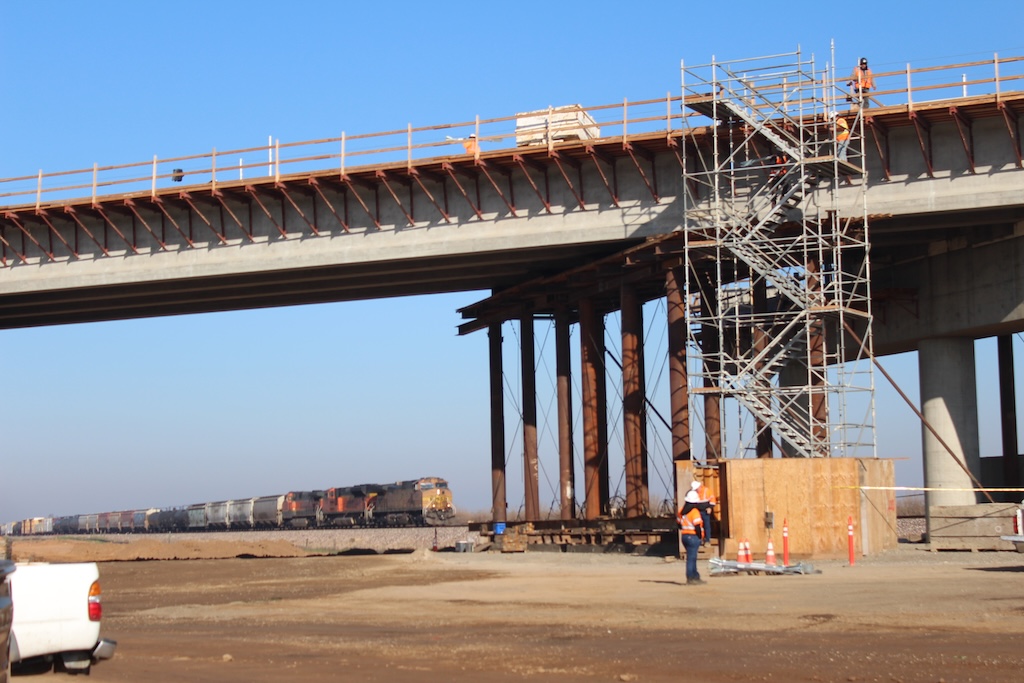
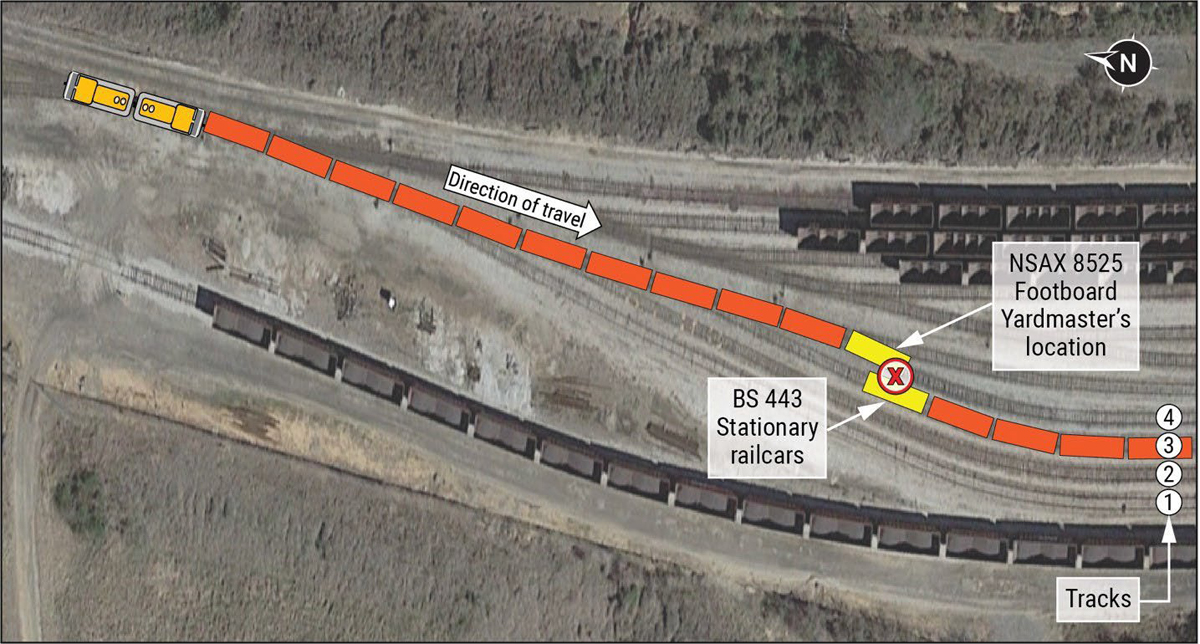
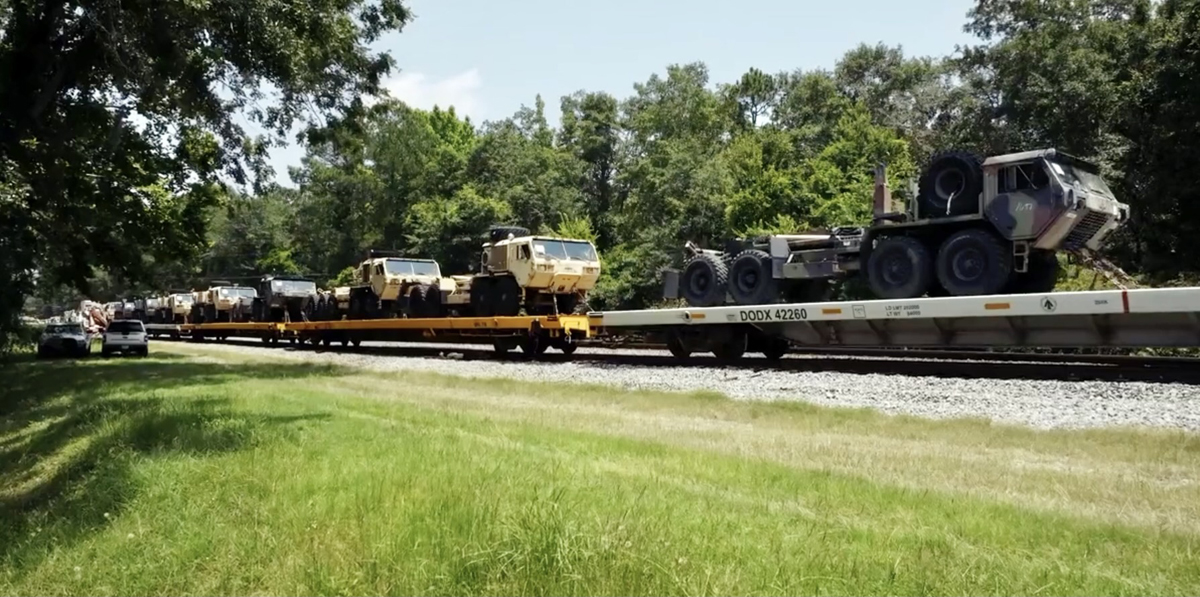

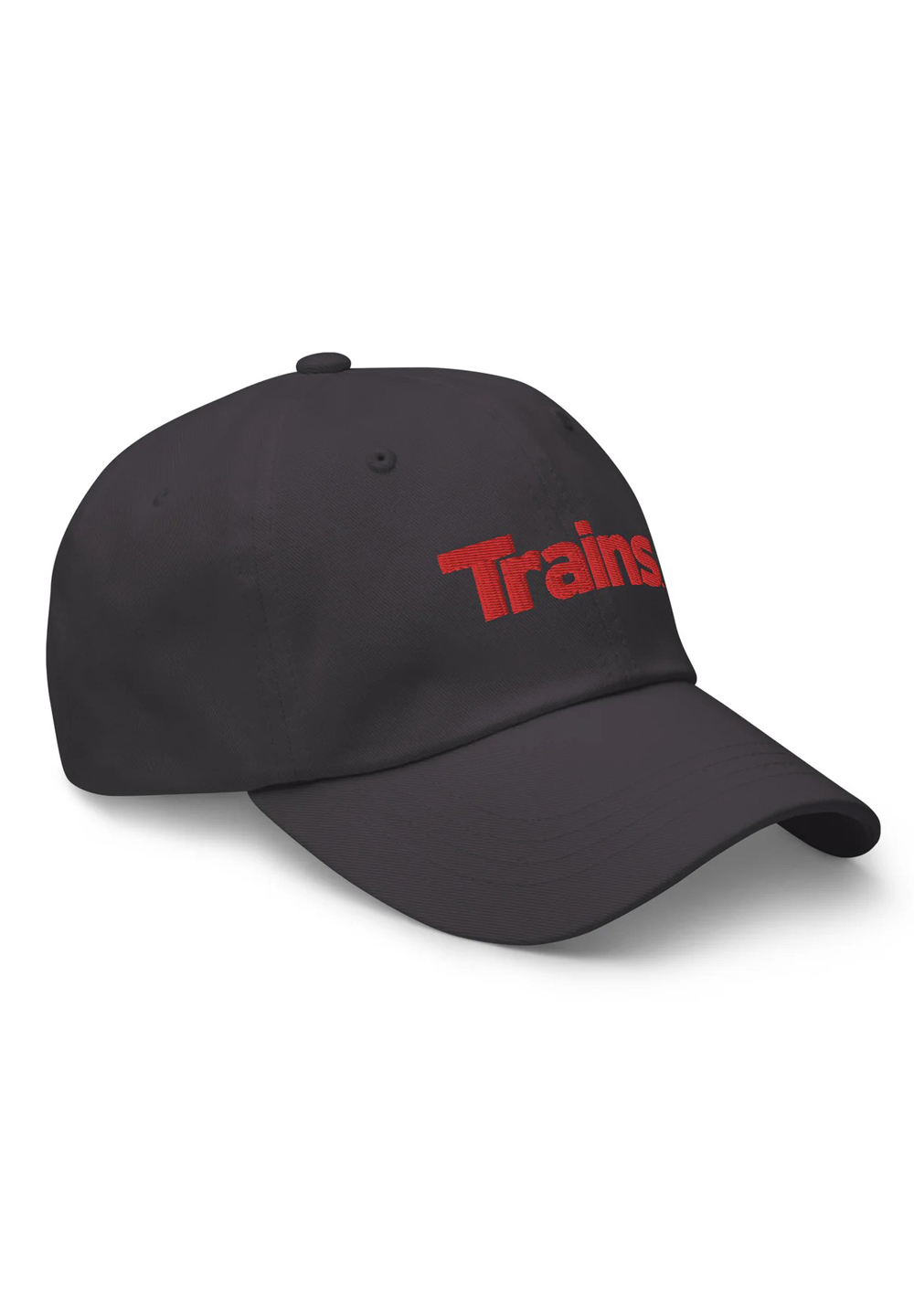

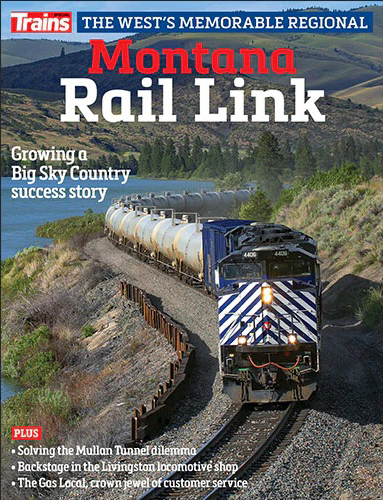
Liked the last paragraph. No plans to BUY NEW locomotives but rebuild old ones.
This tells me that CSX and other Railroads DON’T like the Tier 4 being produced by Wabtec (GE) or Progress (EMD).
Know a number of TRUCKERS. Their companies don’t like the Tier 4 rigs either. They got to deal with DEF, and they still don’t get the millage they did 25 years ago before the emissions standards were implemented, and they are more expensive to maintain.